Arlen Jim Large of Washington, D.C. was a correspondent of the Wall Street Journal and a past editor and frequent contributor to We Proceeded On, the journal of the Lewis and Clark Trail Heritage Foundation. He passed away in 1996. Many of his articles appear on Discovering Lewis & Clark.
Contributions
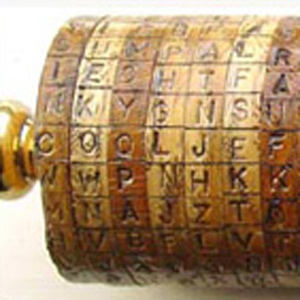

During the planning and preparations for the Western Expedition, Thomas Jefferson practiced selective levels of secrecy.


President Jefferson naturally was curious about weather conditions in the newly acquired expanse of Louisiana, and weather observations were on the long list of assignments for his exploring team. Jefferson instructed Lewis to record climate data observed on the trip.
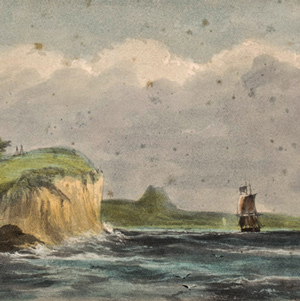

“the Ocian is imedeately in front and gives us an extensive view of it from Cape disapointment to Point addams,” reported William Clark on 15 November 1805. But he saw no ships at anchor. Nothing.
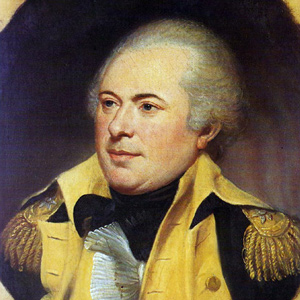

James Wilkinson was one of the most duplicitous, avaricious, and altogether corrupt figures in the early history of the United States. At the time of the Lewis and Clark Expedition, he was a paid agent of the Spanish government.
The Permanent Party
by Arlen J. Large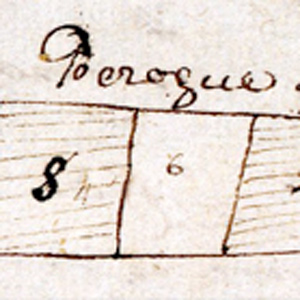

Between St. Louis and the Pacific Ocean, and on the return to St. Louis, personnel decisions needed to me be made.
Nicholas Biddle
by Arlen J. Large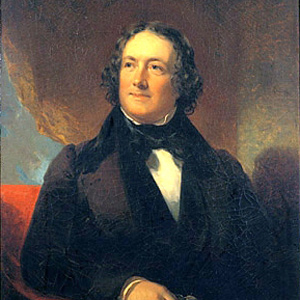

Nicholas Biddle (1786–1844), the first editor of the Lewis and Clark journals, was a seventeen-year-old college graduate and student of law in 1803. The work was published seven years after the return of the expedition.


The spare vocabulary of the busy journalists was spiced here and there with the clichés and colorful sayings of the time. That vocabulary itself is another valued legacy of the 1804–1806 expedition.
Ohio River Recruits
by Arlen J. Large

Dearborn gave the departing Lewis an order limiting his permanent size to 15 men. These soldiers also were to be obtained at Kaskaskia and other Illinois Army posts, or newly recruited into the Army from “suitable Men” encountered by Lewis along the way.
The President’s Secretary
by Arlen J. Large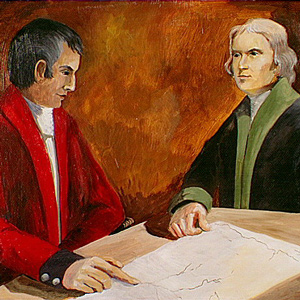

It was 4 March 1801, Inauguration Day for the third president. Nine days previously Jefferson had asked Meriwether Lewis to serve as his private secretary in the raw new mansion called the President’s House.
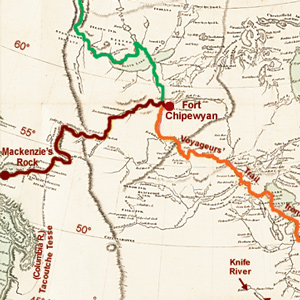

He was the first literate traveler to cross the North American continent north of Mexico, beating Meriwether Lewis and William Clark by nearly 12 years. The Lewis and Clark journals often echo Mackenzie’s journal.
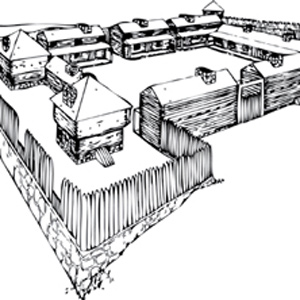

Moving between Philadelphia and Washington City in 1803, Lewis devised a plan for recruiting personnel while traveling to St. Louis. Plan A was to go down the Cumberland River, Plan B, the Ohio.
Lewis and the Board of Agriculture
by Arlen J. Large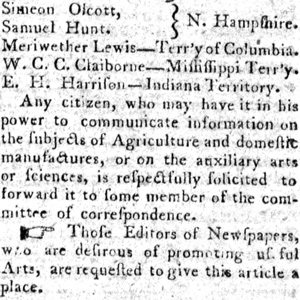

As the President’s private secretary, the 28-year-old Army captain wasn’t in the same league with the political heavy-weights on the new American Board of Agriculture.
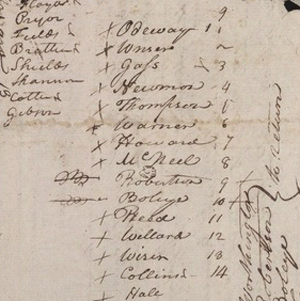

On 22 December 1803, Drouillard arrived at Clark’s Camp Dubois with the eight lost soldiers from South West Point. They were a disappointing lot, except for Corporal Richard Warfington.
Experience the Lewis and Clark Trail
The Lewis and Clark Trail Experience—our sister site at lewisandclark.travel—connects the world to people and places on the Lewis and Clark Trail.
Discover More
- The Lewis and Clark Expedition: Day by Day by Gary E. Moulton (University of Nebraska Press, 2018). The story in prose, 14 May 1804–23 September 1806.
- The Lewis and Clark Journals: An American Epic of Discovery (abridged) by Gary E. Moulton (University of Nebraska Press, 2003). Selected journal excerpts, 14 May 1804–23 September 1806.
- The Lewis and Clark Journals. by Gary E. Moulton (University of Nebraska Press, 1983–2001). The complete story in 13 volumes.

